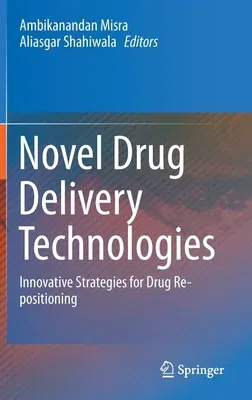The application of drug delivery is a valuable, cost-effective lifecycle
management resource. By endowing drugs with new and innovative
therapeutic benefits, drug delivery systems extend products' profitable
lifecycle, giving pharmaceutical companies competitive and financial
advantages, and providing patients with improved medications.
Formulation development is now being used to create new dosage forms for
existing products, which not only reduces the time and expense involved
in new drug development, but also helps with regard to patent protection
and bypassing existing patents. Today's culture demands convenience, a
major factor determining adherence to drug therapy. Over the past few
years, patient convenience-oriented research in the field of drug
delivery has yielded a range of innovative drug-delivery options. As a
result, various drug-delivery systems, including medicated chewing gums,
oral dispersible tablets, medicated lozenges and lollipops, have now hit
the market and are very popular. These dosage forms offer a highly
convenient way to dose medications, not only for special population
groups with swallowing difficulties, such as children and the elderly,
but for the general populace as well. This book provides valuable
insights into a number of formulation design approaches that are
currently being used, or could be used, to provide new benefits from
existing drug molecules.

